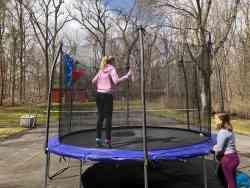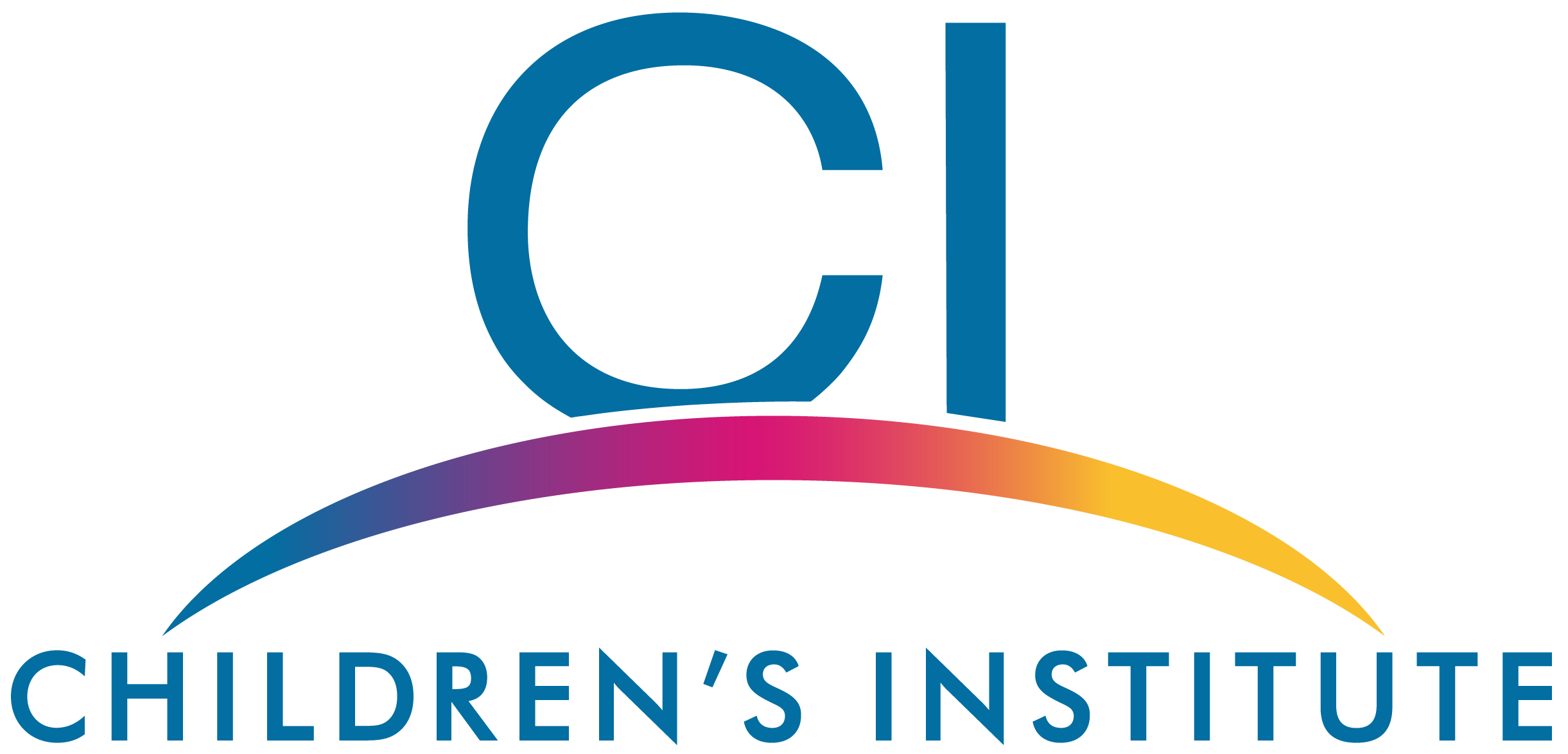A Note From Our SEL Center Director: When Hands-On Experiences Lead to Learning

A few days ago the sun was shining and my family decided it was finally safe to set up the trampoline the kids had received for Christmas (never mind that there is now a coating of snow on my driveway!). So we all trucked out together and hauled the pieces to the spot we had selected. Everyone played a role in setting it up. My oldest (11) read the instructions with my husband. The youngest (4) handed out screws and tools. My 8 year old fit parts together and wielded the special tool they gave us to get the springs to connect the mat to the frame. It was a rare team effort. No one (well, mostly) got frustrated, everyone got their hands on the project, and in the end we had a completed trampoline that we got to use all afternoon. The kids were even more excited about the end result because they had helped create it. In reflecting on the whole experience, I tried to figure out why it was such a success, as it could have easily ended in frustration, yelling, and a half built trampoline. I realize what worked were three things: 1) my husband and I did a better than usual job of allowing everyone to choose an authentic and important role to play; 2) it was a hands on project that got us all using our bodies and our minds; and 3) there was a tangible end result that offered some value to each person.

What we experienced as a family is exactly why informal and out-of-school-time learning (afterschool programs, summer learning programs, community and youth development programs) is so valuable. Many excellent teachers also use this kind of learning in the classroom, the gymnasium, the auditorium, or community where their school is situated. They provide these kinds of opportunities every day. Opportunities for young people to make authentic choices and engage in hands-on projects where the end result has some value to them – where they can see the relevance of what they are doing. I know in just that one project my kids worked on their relationship skills (when we had to work together to hold up the mat and put the frame together), their self-management skills (when we discovered we had put the net on inside out the first time and had to take the whole thing apart and redo it), and their decision-making skills (when we had to figure out what we did wrong and come up with the solution to fix it).
Often educators and OST staff feel they have to have a curriculum, a special formula, or a lesson plan, to teach social and emotional skills. And that type of instructive SEL can be very effective. But the SEL that happens through informal, project-based learning, both in and outside of school, can have just as much impact. Sometimes, letting go of our carefully planned schedule and script is just what it takes to enable genuine learning, the learning that happens when we allow our children to make choices, make mistake, and choose their own ending. So as you think about the next lesson or activity in your afterschool program or classroom, let the kids take the lead. Find out what they want to do. Let them assign the roles. And be the facilitator of some really amazing learning.
